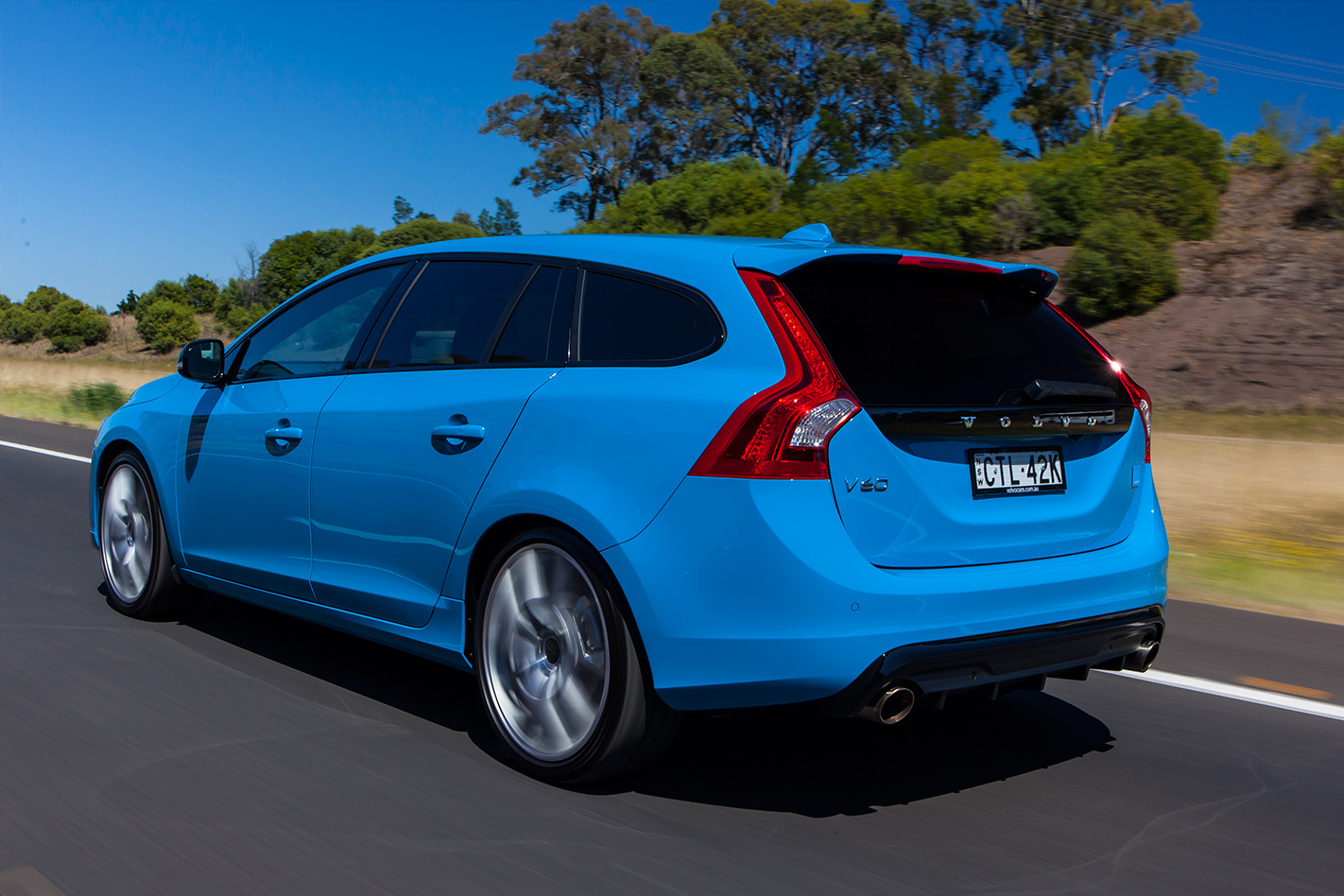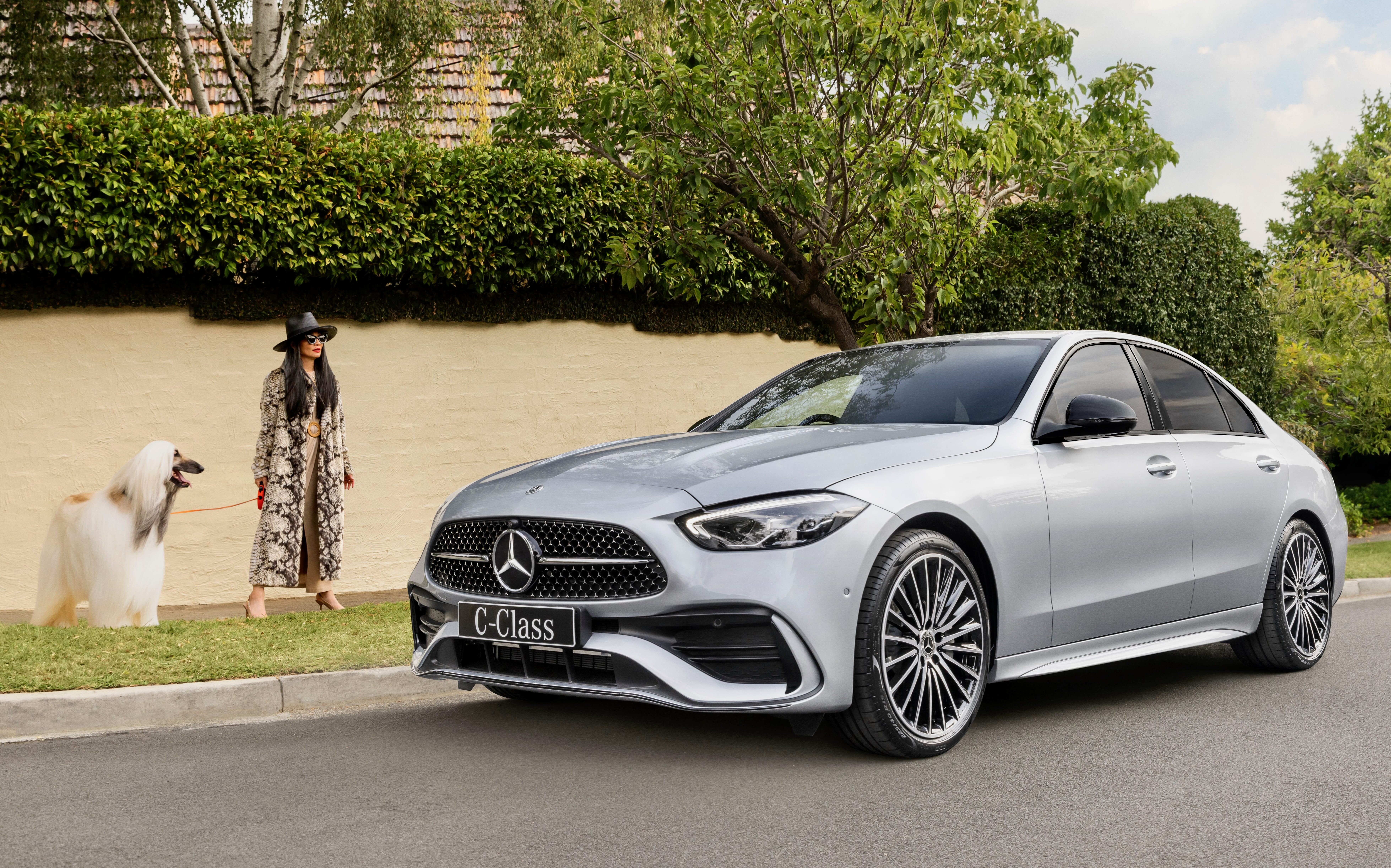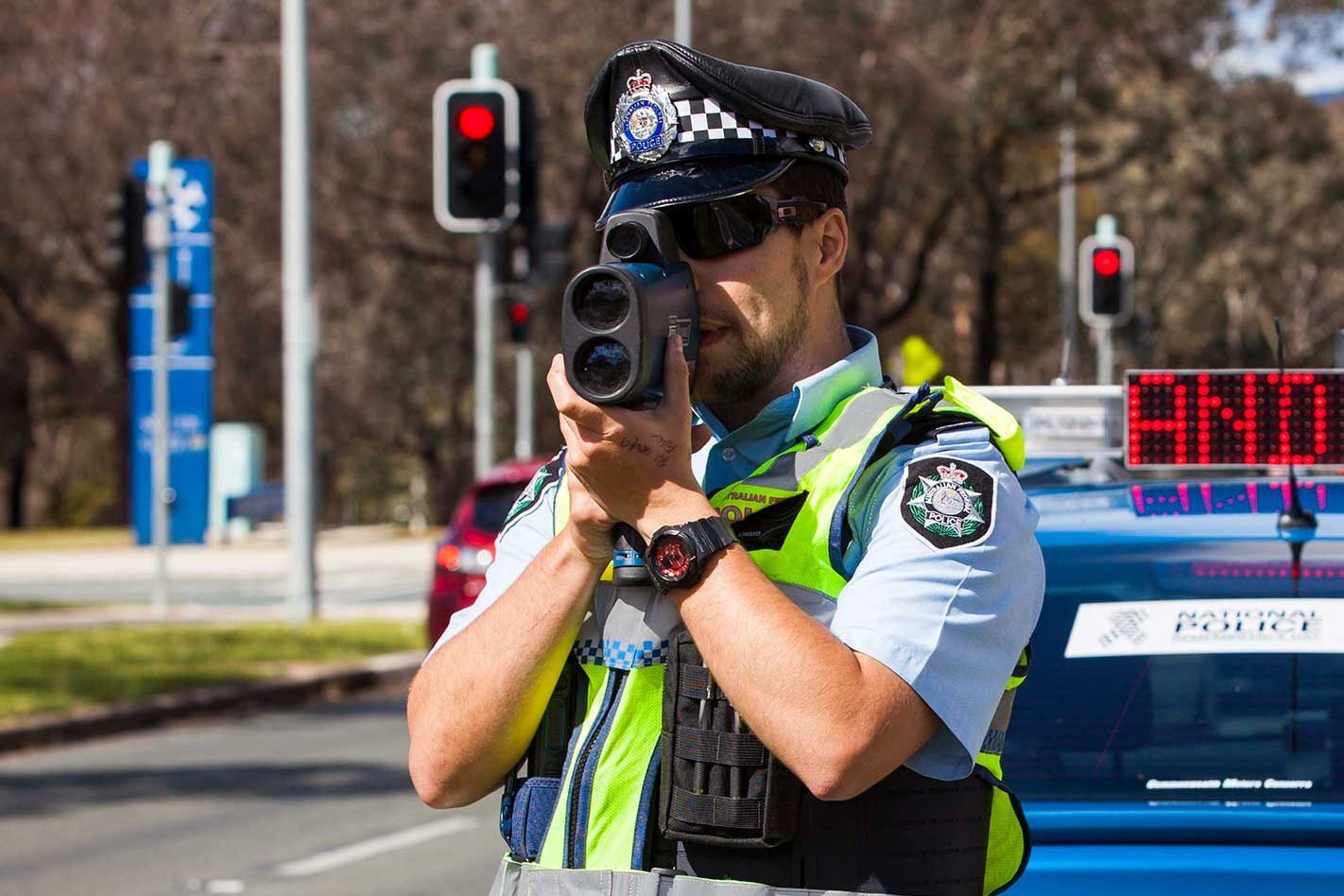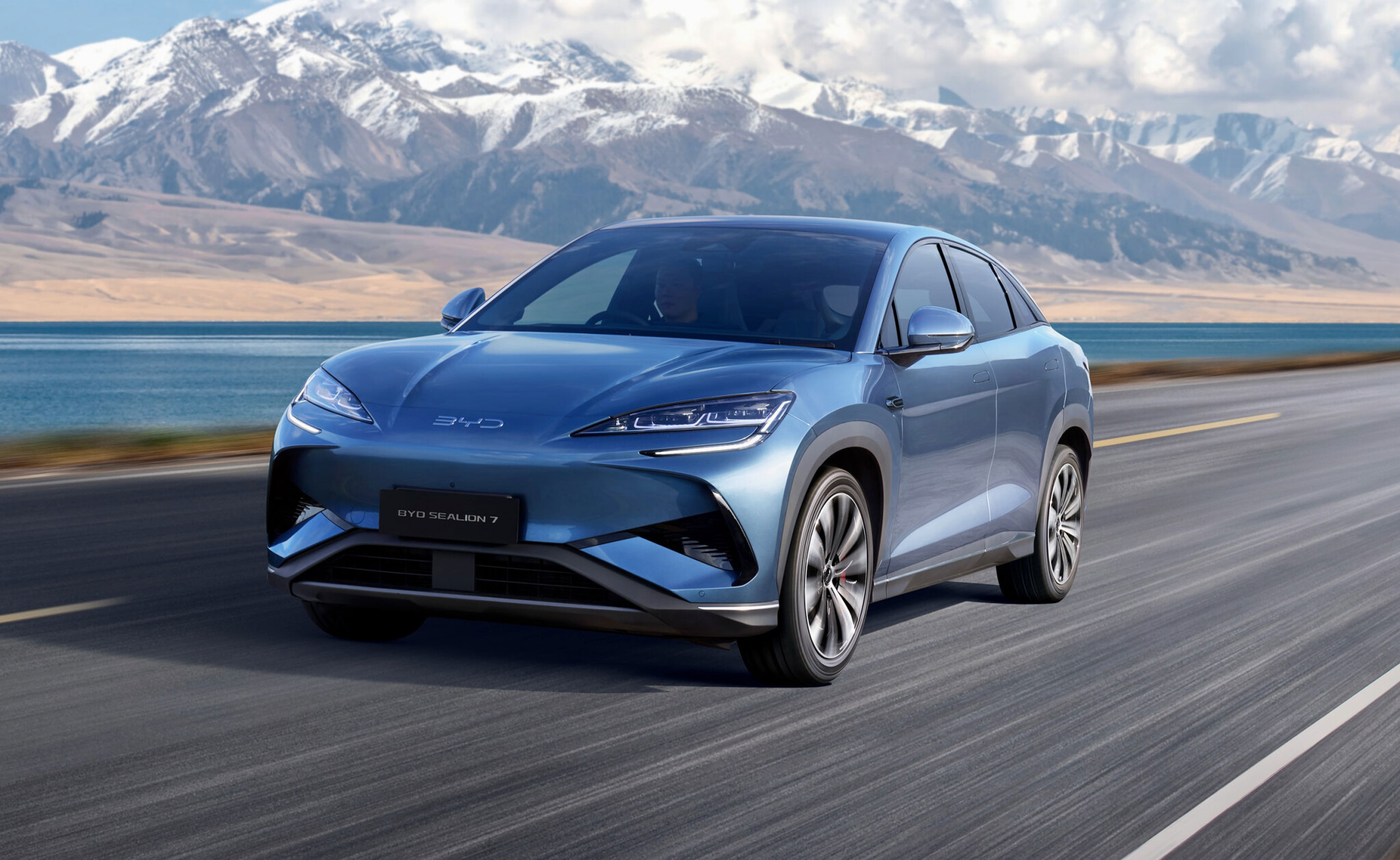POLESTAR, the former Swedish race-bred performance car developer recently bought out by Volvo, has posted a cryptic image on its Instagram account flagging the end of its close ties to Volvo-badged products.
An image has appeared on Instagram overnight showing a plain black patch and the words “The End” neatly centred. It marks the start of the transformation of Polestar from a sub-brand within the Volvo showroom to a standalone performance badge that will rely heavily on electrification. It recently appointed Thomas Ingenlath, Volvo’s design senior vice-president to head up the fledgling brand.

“Polestar will enjoy specific technological and engineering synergies with Volvo Cars and benefit from significant economies of scale as a result of its connection to Volvo,” the car maker said. “These synergies will allow it to design, develop and build world-beating electrified high-performance cars.”
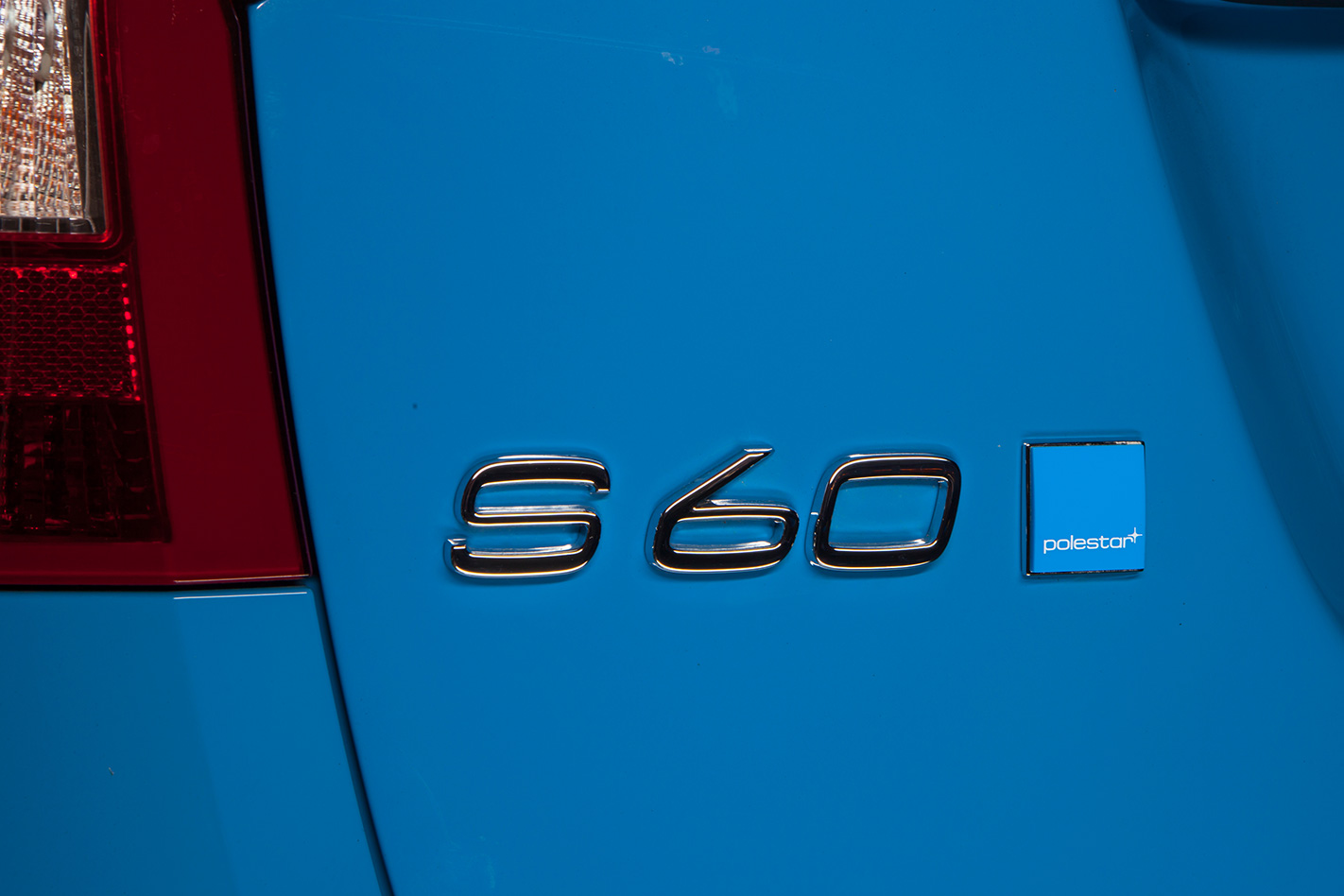
Australia has been instrumental in the rise of the Polestar brand. In 2010 the tuning house released a blue Polestar-badged version of the C30 small hatchback to gauge interest in a performance-honed Volvo, with Australia later picked as the first test market for the 2015 introduction of the Volvo S60 sedan and V60 Polestar wagon, a $100,000 hardcore version of the S60 T6 and V60 T6 which started with a tuned turbo six before adopting a high-boost turbo 2.0-litre four this year.
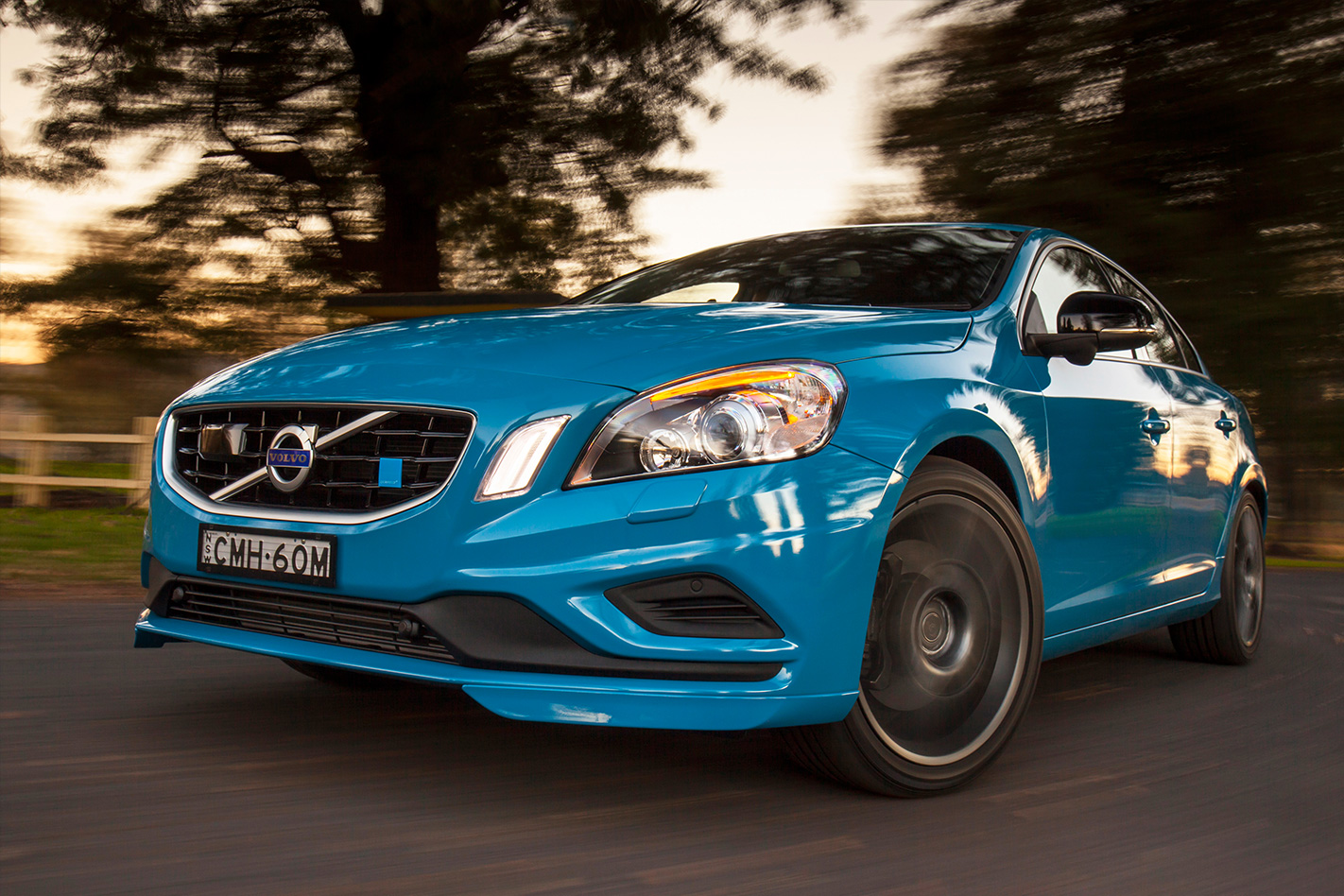
Volvo plans to introduce plug-in hybrids across its range over the next few years, and introduce a battery-powered car by 2019. It projects sales of its electrified vehicles to one day account for one in every 10 of its sales globally.
